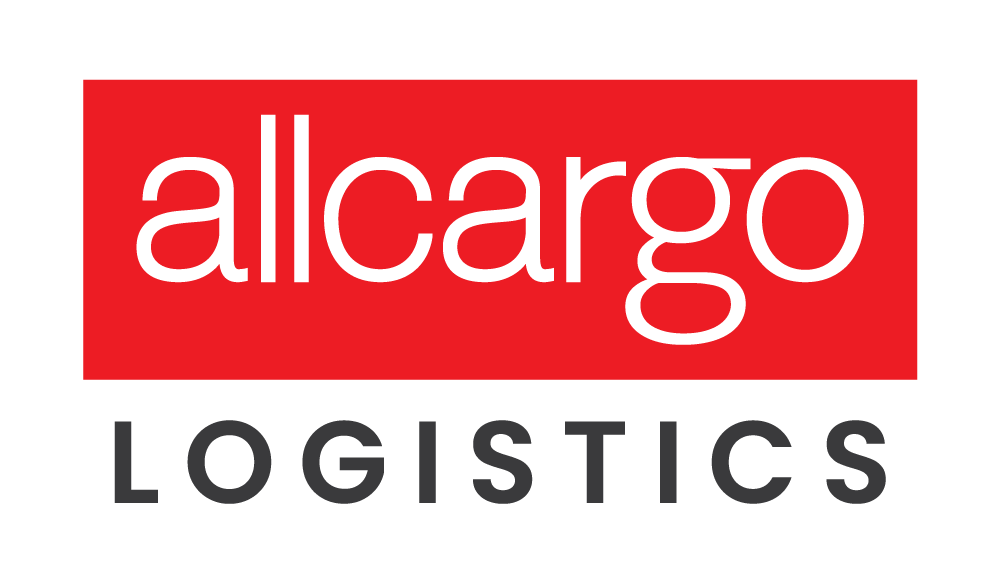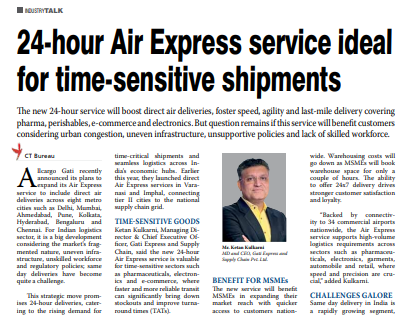Presenting opportunities
Presenting opportunities for growth and innovation. However, there are crucial challenges to overcome—urban congestion can lead to delays, traffic jams, narrow lanes, accounting for a portion of delivery delays in busiest metros. The cost of building a same-day delivery network is high, requiring investment in multiple fulfilment centres, dedicated fleets and a robust air express network linking 34 airports across India. Last-mile delivery contributes to over half of total logistics costs. Also, India’s diverse geography and unpredictable weather conditions can affect service reliability, especially in remote areas.
Multimodal infra
India’s multimodal infra is evolving at a fast pace, powered by initiatives such as PMGS, Bharatmala and NLP. Road transport, which handles 40 per cent of freight, continues to expand supporting faster road movement. Rail freight is also gaining momentum with DFCs and new terminals, though it still serves bulk cargo. Ports are becoming efficient and coastal shipping is growing, while inland waterways remain underutilised. “Although air cargo handles a smaller share of total volume, it plays a critical role in time-sensitive deliveries. While India’s multimodal logistics landscape is on an upward trajectory, greater integration, digitisation and first and last-mile connectivity is a must to unlock its full potential,” asserted Kulkarni.
Transit times
“We are reducing transit times from days to hours—enabling faster market access for local traders, and MSMEs. This reduces delivery times, encourages business expansion and leaner operations. The ripple effect extends to smaller towns through our 99 per cent GDP coverage and integrating regional markets into national supply chain. In the long run, it encourages investments in local warehousing and logistics infrastructure. This as a key step toward making high-speed logistics accessible beyond metros, drives inclusive growth across the country,” Kulkarni said.
Advantages & disadvantages
The 24-hour service brings unmatched speed, high reliability and nationwide connectivity across 34 airports, making it a solution for pharma, electronics, fashion and e-commerce deliveries. “Seamless integration with our ground network ensures end-to-end delivery, enhancing efficiency for businesses. Air freight involves higher cost and has capacity constraints, making the service ideal for time-sensitive and high-value shipments. Weather or infra limitations at smaller airports can impact ops, but these can be mitigated with planning. For businesses prioritising speed and reliability, this service’s benefits far outweigh the challenges and it is a new trend other firms must follow,” he said


